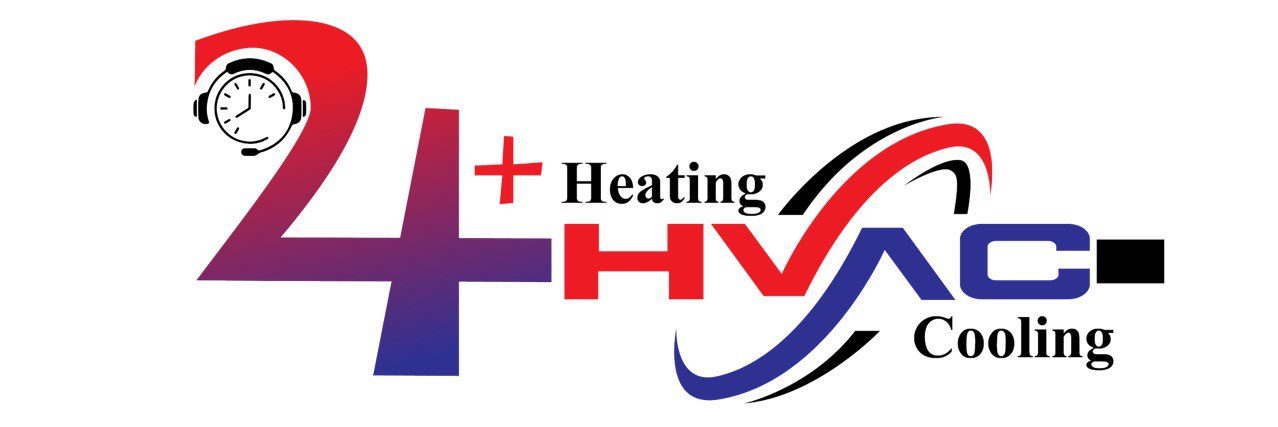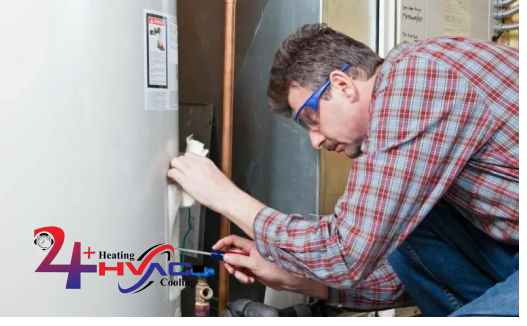Introduction: Is It Time to Replace Your Heater?
As a homeowner, one of the most crucial decisions you might face regarding your home’s comfort system is whether it’s time to replace your heater. Heaters are integral to maintaining warmth during colder months, but like all appliances, they don’t last forever. At some point, you may start to notice signs that your heater is no longer operating efficiently, leaving you wondering if a replacement is in your future.
This article will help you understand the key signs that it may be time to replace your heater, what to look for, and how to make an informed decision. We will cover everything from the age of your heater to rising energy bills and frequent repairs. Whether you’re dealing with a malfunctioning furnace, heat pump, or boiler, this guide will give you all the information you need to decide the best course of action for your home. Let’s dive in!
1. The Age of Your Heater: A Key Indicator
The age of your heater is one of the most important factors to consider when deciding whether it’s time to replace it. Most heaters have a typical lifespan of 10 to 20 years, depending on the type and maintenance history. After reaching this age, heaters start losing efficiency and may require more repairs, which can be costly.
- Older Heaters Are Less Efficient: As heaters age, their energy efficiency declines. This can lead to higher energy bills and inconsistent heating throughout your home.
- Frequent Repairs: If your heater is over 15 years old and requires frequent repairs, it might be more cost-effective to replace it rather than continue patching it up.
If your heater is nearing or exceeding its expected lifespan, it might be time to think about replacing it with a more energy-efficient model.
2. Rising Energy Bills
If you’ve noticed a sharp increase in your energy bills, your heater could be to blame. Older, less efficient models tend to consume more energy to heat your home, leading to higher utility costs.
- Inefficient Heating: An aging heater may struggle to maintain the set temperature, forcing it to run longer than necessary and wasting energy.
- Improved Efficiency of New Models: Newer models of heaters are often much more energy-efficient, meaning you could save money in the long run by upgrading to a newer unit.
Pay close attention to your energy bills—if they’ve been steadily increasing despite consistent usage, it’s a red flag that your heater is working harder than it should be.
3. Uneven Heating and Cold Spots
Are certain areas of your home colder than others despite turning up the thermostat? Uneven heating could be a sign that your heater is no longer distributing warm air effectively.
- Ductwork Problems: If the issue is related to airflow, it could be a ductwork problem. However, if the problem persists across multiple rooms, it might be an issue with the heater itself.
- Failure to Maintain Desired Temperature: When heaters begin to wear out, they may struggle to reach and maintain your desired indoor temperature.
If you’re dealing with cold spots, it could indicate that your heater is losing its ability to function properly.
4. Strange Noises and Odors
Your heater should operate quietly and without unpleasant odors. If you’re hearing strange noises or noticing unusual smells, it could signal an impending breakdown.
- Rattling, Grinding, or Banging Noises: These noises often indicate mechanical problems inside the unit, such as loose components or worn-out parts.
- Burning Smells: A burning smell could indicate dust accumulation or, in the worst case, an electrical issue that requires immediate attention.
While some noises can be fixed with repairs, persistent or loud sounds may mean it’s time to consider a replacement.
5. Frequent Repairs and Maintenance
Have you found yourself calling a professional for repairs every season? Frequent repairs and continuous maintenance are strong indicators that your heater is on its last legs.
- Cost of Repairs: If the cost of repairs is higher than 50% of the price of a new heater, replacing the unit might be the more cost-effective solution.
- Inefficiency After Repairs: Even after repeated repairs, your heater may still show signs of inefficiency, leading to frustration and higher energy bills.
If the repairs start becoming more frequent, it might be time to stop throwing money into an old, unreliable unit.
6. The Heater’s Safety Features Are Compromised
Your heater’s safety should always be a priority. If your unit is starting to malfunction in ways that could pose a risk, such as improper combustion or faulty wiring, it’s time to consider a replacement.
- Carbon Monoxide Leaks: A malfunctioning heater can leak dangerous gases like carbon monoxide, posing a serious risk to your family’s health.
- Overheating: If the heater frequently overheats or cycles on and off, it may be signaling an underlying safety issue.
Don’t wait for these safety concerns to escalate—replacement is the best way to ensure your home remains safe.
7. Inconsistent Air Quality
A failing heater can also affect your home’s air quality. Poor air circulation, excessive dust, or humidity problems can result from a heater that’s not functioning properly.
- Dust and Allergens: If your heater isn’t filtering air properly, dust and allergens can accumulate and circulate throughout your home, affecting indoor air quality.
- Humidity Issues: Poorly functioning heaters may contribute to imbalanced humidity levels, leading to uncomfortable dryness or excessive moisture in the air.
Ensuring that your heating system is promoting good air quality is essential, especially if anyone in your household suffers from respiratory conditions.
8. Technological Advancements in Heating
Modern heaters come equipped with advanced technology that older models lack. This can include smart thermostats, better energy efficiency, and quieter operation.
- Energy-Saving Features: New models are designed to consume less energy while providing more consistent heat.
- Smart Home Integration: Many new heaters are compatible with smart home systems, allowing you to control your heating remotely for added convenience.
Upgrading to a modern heater can improve your home’s comfort and reduce energy costs over time.
9. The Impact of Seasonal Change
As the seasons change, your heater’s performance will be put to the test. If your heater struggles to keep up with the colder months, it could be an indication that a replacement is in order.
- Inability to Handle Winter’s Chill: If your heater seems to struggle when temperatures drop, it might not be powerful enough for your current needs.
- Frequent Cycling: If the heater cycles on and off more frequently, it may be an indication of an issue that’s only going to get worse.
Before the winter months hit, make sure your heating system is ready to handle the cold efficiently.
10. The Benefits of a New Heater
Upgrading to a new heater comes with numerous advantages, beyond just improved heating efficiency.
- Lower Maintenance Costs: New heaters require far less maintenance and repair, reducing overall upkeep costs.
- Environmental Benefits: Modern heaters are more eco-friendly, using less energy and emitting fewer pollutants.
By replacing your heater, you can enjoy long-term benefits such as lower utility bills and a reduced environmental footprint.
Conclusion: Time to Replace Your Heater?
Deciding whether to replace your heater can be a tough choice for any homeowner, but understanding the signs and factors involved can make the decision easier. From age and inefficiency to rising energy costs and frequent repairs, there are several indicators that your heater might be nearing the end of its life.
If you’ve noticed any of the signs mentioned in this article, it may be time to consider a replacement. By upgrading to a new, more efficient model, you can enjoy improved comfort, lower energy bills, and a safer home environment.
Call to Action: Ready to replace your heater? Contact us today to schedule a consultation, or learn more about our heating services. We offer professional heater repair and replacement in Richmond to help keep your home warm and safe all year round.
Internal Links:

